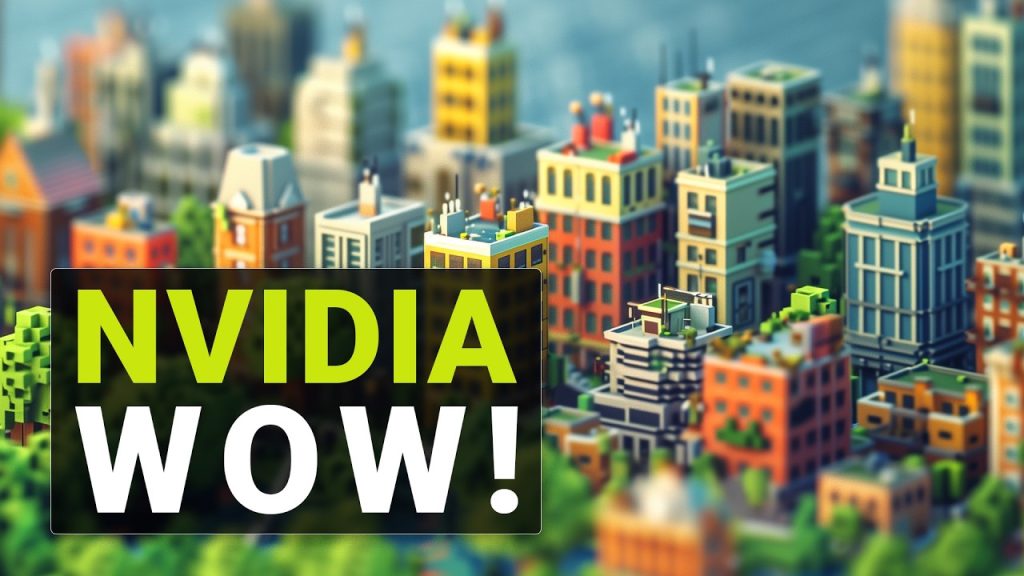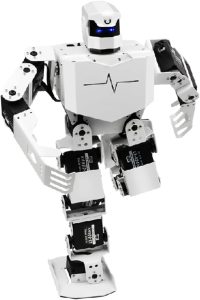Revolutionizing Virtual Worlds: The Power of NERFs

Virtual worlds are undergoing a revolution thanks to a remarkable technique known as Neural Radiance Fields (NERFs). These groundbreaking methods can create virtual copies of real-world scenes using photos, even if there are gaps between those images.
Imagine holding meetings, playing video games, or training self-driving cars in a virtual city that mirrors reality. The potential is enormous, but there are challenges to overcome. Thankfully, scientists are making significant strides to push the boundaries of this technology further.
The Magic of NERFs
The term NERF stands for Neural Radiance Fields. It’s a technique that creates virtual models of real-world scenes using photos. What’s amazing is it can fill in the gaps where there aren’t any images. This is groundbreaking because we don’t need a complete set of pictures to recreate a scene.
Imagine using NERFs to hold meetings or play video games in a real city. The idea of training self-driving cars in these virtual worlds is also exciting. However, there’s a catch. Current hardware limits how expansive these virtual scenes can be. Small scenes work, but entire cities are a challenge.
NVIDIA’s Breakthrough
NVIDIA’s scientists have developed a way to create virtual scenes much larger than before. So, how big can they go? Starting small, they recreated a whole racetrack. This is significant as it opens new avenues for self-driving cars and racing games. The next step was even more impressive—a virtual beach covering 6 square kilometers. This could change virtual games and simulations forever.
But the real magic happened when they scaled up an entire city. This virtual city is 25 times bigger than the racetrack and almost 10 square miles in size. This huge leap was made possible by breaking down the problem into smaller chunks handled by multiple graphics cards. Each card works on a piece of the puzzle, making it come together efficiently.
How Does It Work?
The key to this breakthrough lies in how the problem is divided. Scientists split the massive task into smaller tasks for different graphics cards. It’s like ants working together to move a big object. Each takes a little piece, making the overall task manageable.
These graphics cards must communicate to piece everything together. This task is not easy, but it has been successfully accomplished through what’s known as a distributed algorithm. It’s a clever way to use the combined power of multiple cards to create something much larger than previously possible.
Incredibly, this new method allows for stitching together up to a quarter-million images to create virtual worlds. While it might sound like magic, it’s science and technology working hand in hand.
Possibilities and Limitations
The applications of this technology are broad. From creating detailed simulations of cities for planning to enhancing virtual reality, the potential is enormous. One can train AI in these virtual worlds, making them safer before they interact in the real world.
However, there are some drawbacks. The fine details in these virtual worlds aren’t perfect yet. Super-resolution techniques are still needed to make the details crisper. Also, the system is resource-intensive, requiring up to 64 graphics cards to create a virtual city.
Despite these challenges, the progress is nothing short of amazing. Just a few years ago, creating a single scene was a significant achievement. Now, we’re talking about entire cities.
Looking Forward
Imagine the future where this technology is even more efficient. What if, in a few years, this could run on just one graphics card on a desktop computer? Or maybe even on a smartphone? The possibilities keep expanding as the technology improves.
The current technique involves a lot of human ingenuity. Each step forward reflects brilliant problem-solving and creative thinking. With continued research, it might become more accessible and less resource-heavy.
We could see this technology applied in ways we can’t yet imagine. As the hardware and techniques improve, the virtual and real worlds will continue to blend in more and more incredible ways.
An Exciting Time in Virtual Worlds
These advancements herald a revolution in how we interact with virtual environments. Imagine entire cities digitized down to the smallest detail, available at the click of a button. The landscape of virtual reality is changing rapidly, driven by the relentless effort of scientists and developers.
What stands out is the blend of technology and human creativity. It’s not just about the hardware but also about the innovative methods used to push the boundaries of what’s possible. We are only at the beginning of seeing the full potential of NERFs and similar technologies.
The world of virtual reality is advancing at an astounding pace thanks to technologies like Neural Radiance Fields. With the ability to create intricate virtual environments using incomplete photos, the potential applications are boundless. These advancements could transform various fields, from gaming and education to urban planning and autonomous driving. While challenges like hardware limitations and image resolution quality still exist, ongoing research promises continuous improvements. We are on the cusp of a new era, where the lines between the virtual and real worlds blur even further, offering unprecedented opportunities for innovation and exploration.





